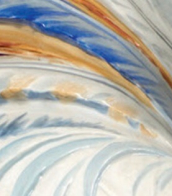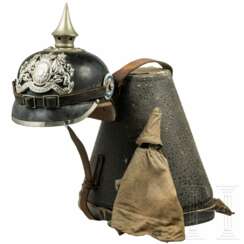otto braune
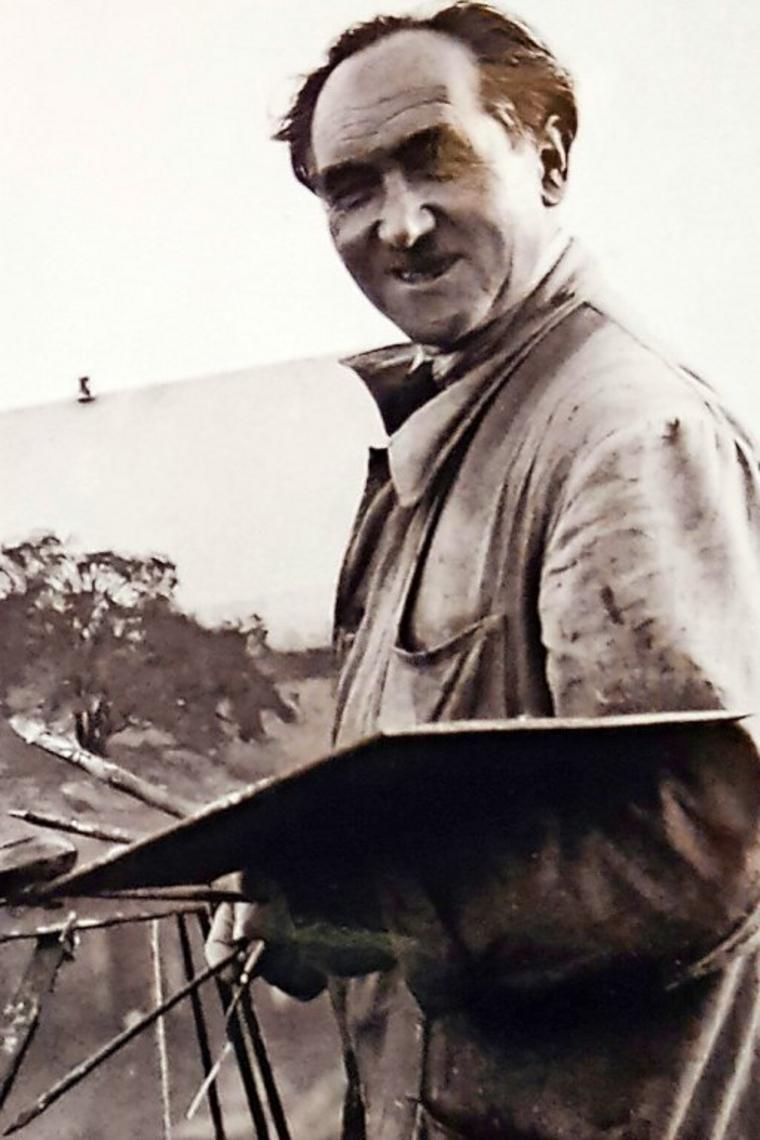
Otto Altenkirch was a German impressionist painter and stage designer. He studied at the Berlin University of the Arts and the Dresden Academy of Fine Arts.
Otto Altenkirch was one of the founders of the Künstlervereinigung Dresden, one of the artists who worked at the Dresden Museum and the Opera House.
For two decades one of his favourite subjects was the linden alley in Rheinsberg. In 1941 and 1943 his works were exhibited in the Große Deutsche Kunstausstellung (exhibition of Nazi-approved art in Munich).

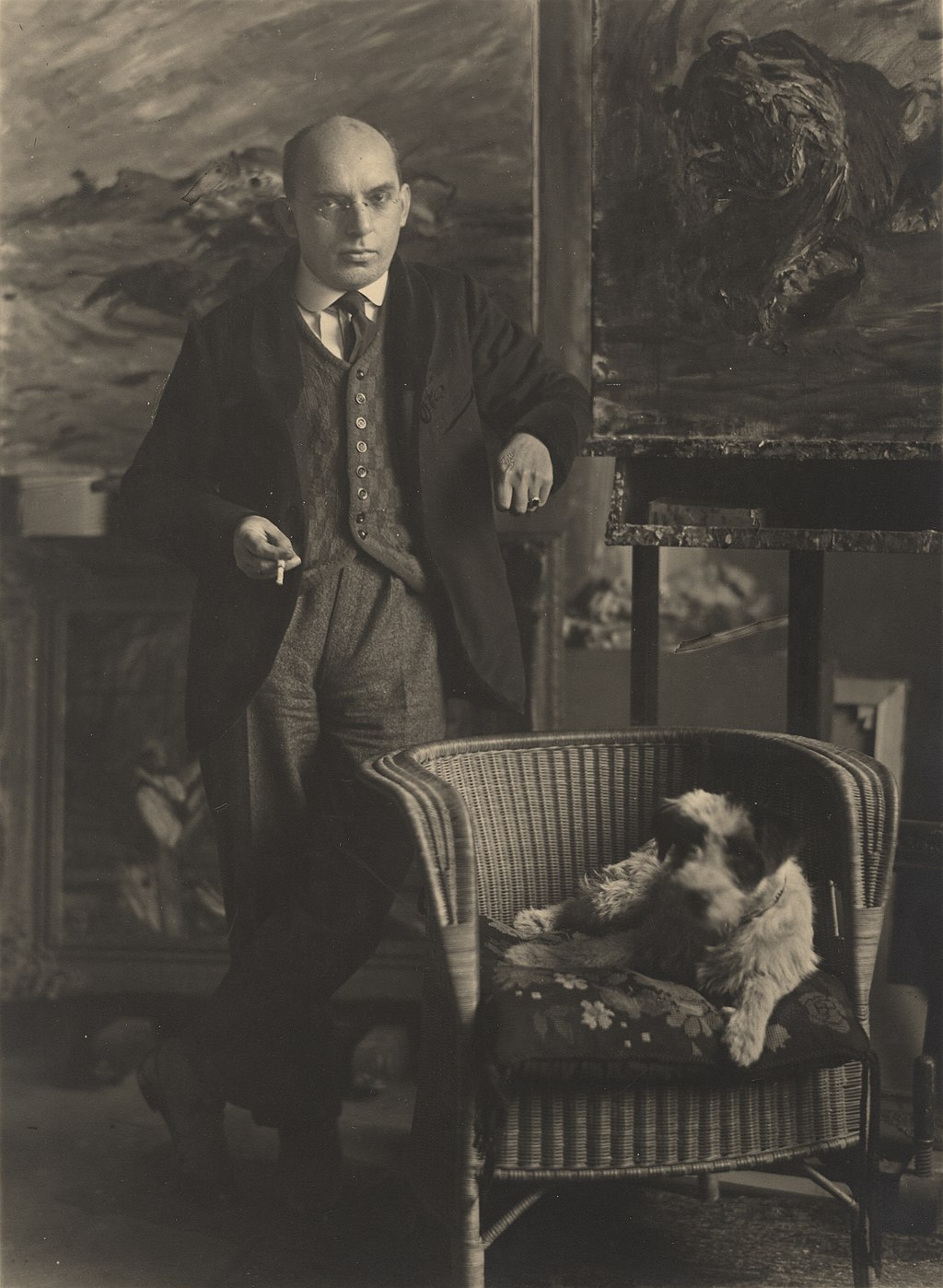
Otto Dill was a German painter. His work was part of the art competitions at the 1928 Summer Olympics and the 1932 Summer Olympics.


Friedrich Wilhelm Otto Modersohn was a German painter of the late 19th and first half of the 20th centuries. He is known as a landscape painter, a representative of the Barbizon School.
Otto Modersohn produced Barbizonian-style landscapes early in his career, but from about 1890 his style became more expressionist, with an emphasis on his choice of colors. The death of his second wife influenced his style: the colors became darker and the images more stark. Modersohn was one of the founders of the Worpswede artists' colony. A large collection of his works is kept in the Modersohn Museum in Fischerhude, and a street in Berlin is also named after him.


Friedrich Wilhelm Otto Modersohn was a German painter of the late 19th and first half of the 20th centuries. He is known as a landscape painter, a representative of the Barbizon School.
Otto Modersohn produced Barbizonian-style landscapes early in his career, but from about 1890 his style became more expressionist, with an emphasis on his choice of colors. The death of his second wife influenced his style: the colors became darker and the images more stark. Modersohn was one of the founders of the Worpswede artists' colony. A large collection of his works is kept in the Modersohn Museum in Fischerhude, and a street in Berlin is also named after him.


Friedrich Wilhelm Otto Modersohn was a German painter of the late 19th and first half of the 20th centuries. He is known as a landscape painter, a representative of the Barbizon School.
Otto Modersohn produced Barbizonian-style landscapes early in his career, but from about 1890 his style became more expressionist, with an emphasis on his choice of colors. The death of his second wife influenced his style: the colors became darker and the images more stark. Modersohn was one of the founders of the Worpswede artists' colony. A large collection of his works is kept in the Modersohn Museum in Fischerhude, and a street in Berlin is also named after him.


Ernst Otto Greiner was a German painter and graphic artist. He studied at the Munich Academy of Fine Arts.
Otto Greiner was one of the outstanding masters of German Art Nouveau. The painter's mature style, characterised by unexpected spatial juxtapositions and sharply focused photographic naturalism, was strongly influenced by the work of Max Klinger.


Hans Otto Sonnleitner is a German sculptor.
Otto was first trained by his sculptor father, Ludwig Sonnleitner, before continuing his studies at the Academy of Fine Arts in Munich. He completed several commissions for buildings in Würzburg before the outbreak of World War II, and returned to work as a sculptor after the end of the war.
Sonnleitner created many sculptures and fountains that are considered landmarks in Würzburg.


Hermann Hugo Otto Poertzel was a German sculptor and modeller.


Hermann Hugo Otto Poertzel was a German sculptor and modeller.

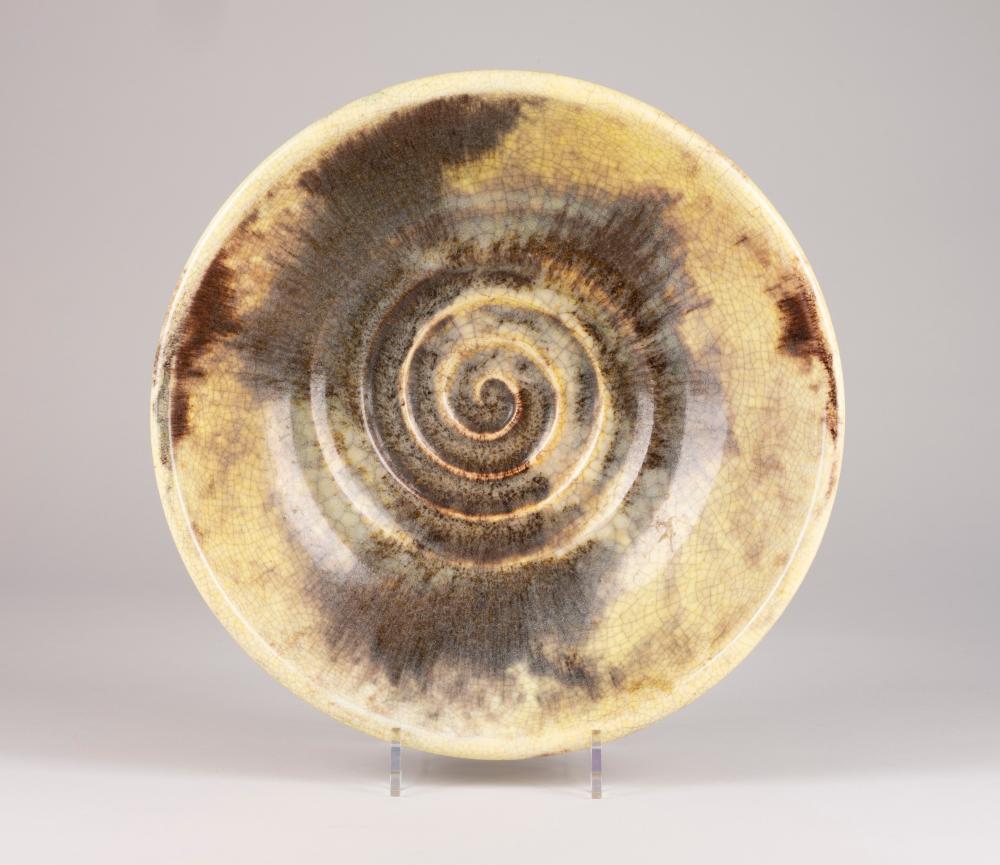
Otto D. Douglas-Hill or Otto Douglas Douglas-Hill is a German painter, sculptor, and ceramist.
He studied at the Academy of Fine Arts in Berlin, in 1926 he founded his own workshop Douglas-Hillsche, where he produced vases, garden ceramics and tableware. Douglas-Hillsche also taught at the United State Schools of Liberal and Applied Arts in Berlin. In the 1930s he won the favor of the Nazi elite and worked for them, so after World War II he had to flee to Chile, and then he moved to Spain, where he lived for the rest of his days. Douglas-Hill mainly created prefabricated vessels with glazes of his own design.


Waldemar Otto is a German sculptor of Polish descent.
Otto studied sculpture at the Academy of Fine Arts in Berlin, won the 1957 Grosse Berliner Kunstausst Prize, lived with his family in the United States, and moved to Bremen in 1973, accepting a professorship at the University of the Arts. He founded the Bremer School of Sculpture there and then moved to Worpswede.
Waldemar Otto practiced figurative sculpture in the form of torsos, creating his figurative human images in wood, granite, bronze and cast stone. Many of his works can be seen in public spaces in various German cities.


Waldemar Otto is a German sculptor of Polish descent.
Otto studied sculpture at the Academy of Fine Arts in Berlin, won the 1957 Grosse Berliner Kunstausst Prize, lived with his family in the United States, and moved to Bremen in 1973, accepting a professorship at the University of the Arts. He founded the Bremer School of Sculpture there and then moved to Worpswede.
Waldemar Otto practiced figurative sculpture in the form of torsos, creating his figurative human images in wood, granite, bronze and cast stone. Many of his works can be seen in public spaces in various German cities.




















































